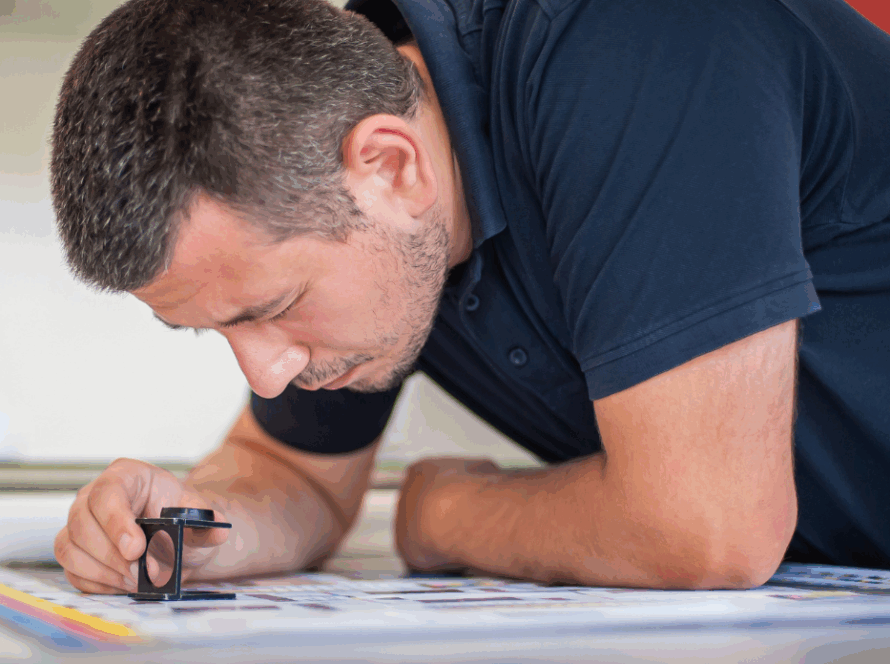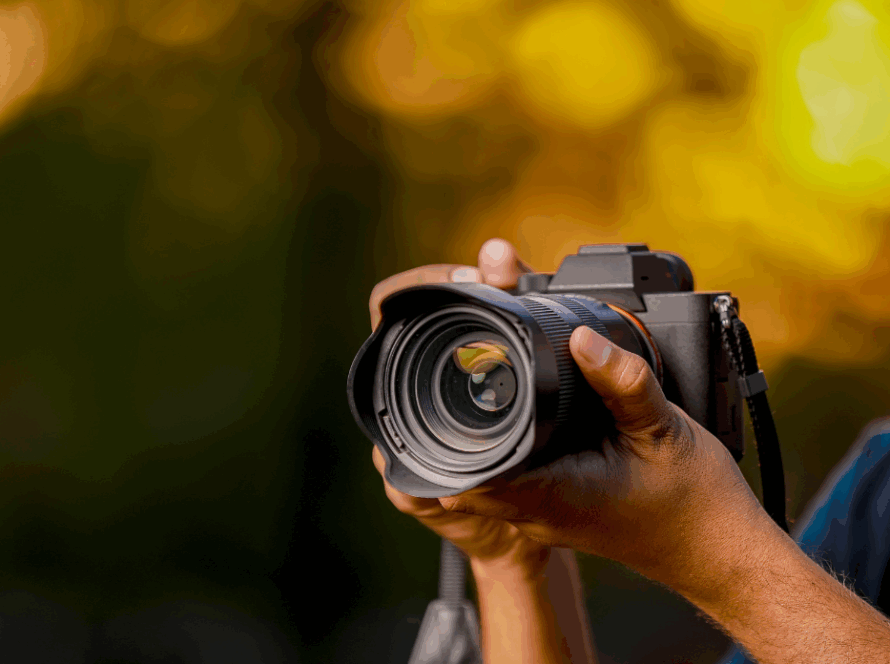Somewhere in the archives of forgotten listings, there’s a home that could’ve sold in a heartbeat. Vaulted ceilings, original hardwood floors, and that kind of soft afternoon light that makes everything feel golden.
But the photos? Crooked. Grainy. No sense of space. One even had a laundry basket in the corner.
It sat for months.
Agents walked away. Buyers scrolled past. And the homeowner? They wondered why no one seemed interested.
This kind of thing happens more often than most realize. And in nearly every case, it comes down to the same avoidable issue: real estate photography mistakes.
Good Enough Isn’t Good Anymore
There’s a common assumption—especially among sellers or new agents—that a decent phone camera and a clean room are all you need.
And sure, technically, that’s true. The image will be clear enough. The layout, visible. But the scroll-hardened buyer isn’t looking for “technically fine.” They’re looking for something that feels like home.
And if the photos don’t stop them in their tracks, they keep moving. First impressions in real estate are made in seconds.
The Hidden Cost of Bad Photos
It’s not just about aesthetics. Poor photos can hurt a listing’s performance in ways most people don’t see coming:
- Fewer clicks and views
- Less foot traffic at open houses
- Perception that the property is lower value
- Longer time on market
Even subtle issues—bad angles, uneven lighting, awkward staging—can turn buyers off before they ever step inside.
This is where a professional real estate photographer earns their title. Because what seems like a small mistake can turn into weeks (or months) of lost opportunity.
The Most Common Photography Mistakes in Real Estate
These are the issues that show up again and again in listings that underperform—not because the homes lack appeal, but because the photos fail to convey it.
1. Bad Lighting
Harsh sunlight that blows out windows. Dark corners that feel like forgotten spaces. Light matters more than people think—and poor lighting makes rooms look smaller, colder, and less inviting.
2. Awkward Angles
Shooting too high, too low, or from strange corners can distort perspective. The result? Rooms that feel oddly shaped, or worse—claustrophobic.
3. Overediting or Underediting
Some photos are saturated to the point of looking fake. Others are so dull they seem lifeless. Either extreme breaks trust. Buyers want to see a home—not a Photoshop experiment.
4. Clutter and Staging Fails
Wires hanging from TVs. Pillows out of place. Too many knick-knacks on a counter. It doesn’t take much to distract from a home’s potential.
5. No Emotional Pull
Photos that check the boxes—bedroom, bathroom, backyard—but have no rhythm or feeling. No story. These don’t engage the viewer. They don’t invite curiosity.
What a Professional Real Estate Photographer Actually Does
It’s not just about showing up with a better camera. Professionals bring a different eye entirely.
They:
- Notice how the light changes from room to room
- Choose angles that emphasize space and flow
- Capture details that make a space memorable
- Make subtle staging tweaks on the spot
- Time the shoot to maximize natural light
They understand that real estate photography isn’t about documenting a home—it’s about making someone want to live there.
A Few Practical Real Estate Photo Tips (Even for DIY Shoots)
If hiring a professional real estate photographer isn’t an option for every property, there are still some things agents and homeowners can do to minimize mistakes:
- Prep the space: Clean, declutter, open the curtains. Let the space breathe.
- Think in stories, not just rooms: Shoot the transitions—hallways, staircases, views from one space to another.
- Mind the edit: Keep it honest. Color correct, straighten lines, but avoid filters that make the space feel artificial.
- Shoot level: If the floor looks like it’s sloping, buyers will feel like something’s wrong—even if it’s just the angle.
The Photos That Make People Feel Something
Buyers don’t always remember square footage. They remember how the place made them feel.
When photos are done well, they slow people down. They create a moment. They give that “this could be it” feeling—even before the showing.
That’s the difference a professional real estate photographer makes. Not just sharper images, but sharper emotion. And that emotion? It sells.




